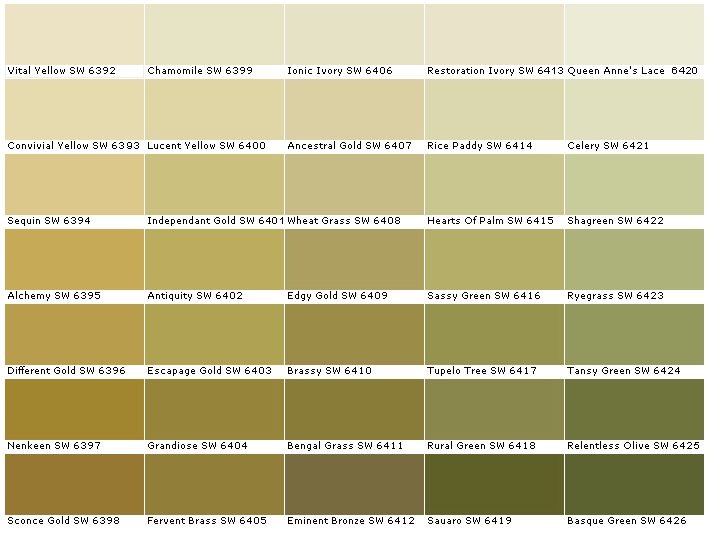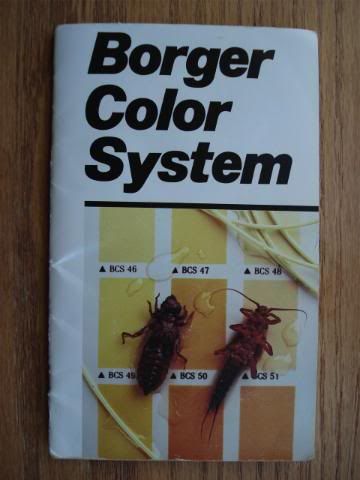How about chartreuse? That's another shade of color that there seems to be much disagreement about.

I agree with flytire's assessment, except that same reasoning can be applied to most anything that fish eat. Match the hatch! I stopped trying to match specific shades of colors a long time ago. I found as Silver Creek stated, that most of the time, exact shades or even specific colors made no difference to the fish. I've seen fish get picky, and not just trout, but cannot say with 100 percent certainty it was necessarily due to color.
I've gotten to the point, that when I select a particular color, such as olive, I end up with various materials that cover the range of shades, which could be black olive, to brown olive to the lightest pale green. So, I tie with what I like the appearance of, and many flies of the various shades, ( such as Woolly Buggers, you can't have enough of them) so I have it all covered.
I'm also not a big fan of humogeneous color when it comes to materials such a dubbing. I've yet to see any insect or other critter that fish eat, upon close inspection, that was a single, homogeneous color. I much prefer to mix & match, which IMO looks more natural.
If you're dyeing your own materials, try dyeing a white feather & a grizzly feather the same color. You may get the same color, but the grizzly feather will appear to be a different shade. At least it looks that way to me. If you dye over white, or over something like a natural red/ brown hackle, you get two different shades. The possibilities are endless what you might end up with using a single color dye, such as olive, but different natural colors of materials. (hackle, hair, etc.)
So, stop worrying so much about it, pick a few shades you like,and tie with it. You'll catch fish with whatever you choose!

When the fish get picky, which is not usually too often, I can usually show them something they'll eat.





